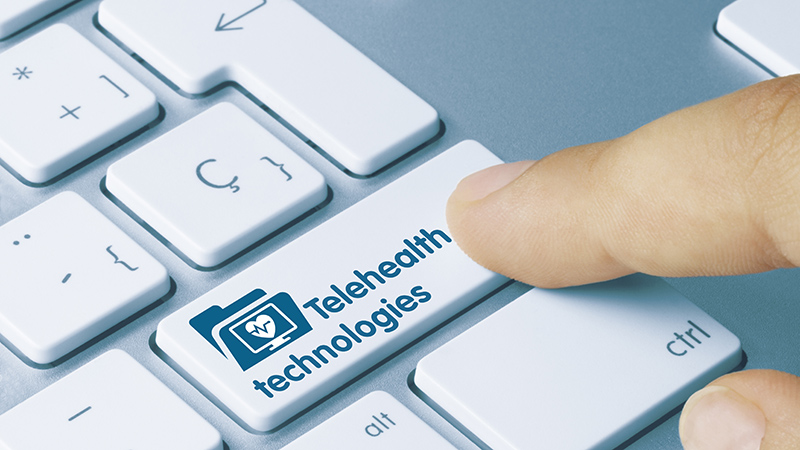The demand for quality health care outpaces the supply in communities across the country. Telehealth emerged as a solution to increase access and improve continuity of care while decreasing associated costs. Adoption was initially slow; however, the COVID-19 pandemic was a catalyst for transformational change in the country’s virtual care strategy.
Fast forward to today, State, Federal, and local programs are accelerating the path to widespread telehealth and telemedicine access. According to the Department of Health and Human Services, there are four primary types of telehealth applications:
- Real-time communication – connects patients and providers in real-time via video and/or audio conference.
- Store-and-forward – transmission of medical data, images, sound, and/or video from one provider to another for evaluation.
- Remote patient monitoring (RPM) – collects a patient’s vital signs and other health data while the patient is at home and transfers data to a provider for monitoring or care as needed.
- Mobile health (mhealth) – an emerging application that involves healthcare services, education, and/or information sharing from a mobile device.
Throughout the pandemic, Medicare reimbursed providers for virtual healthcare appointments for a broad range of patients. These waivers expire at the end of the year but there is a strong bipartisan push in Congress to make telehealth a permanent option for patients. Additionally, there are currently seven active federal telehealth programs to promote and improve telehealth services and numerous state programs that govern private payer telehealth reimbursement policies.
With the recent changes in expansion, the healthcare industry is realizing the need for improved telehealth technology and processes to manage the virtual side of their value-based care model effectively and efficiently.
Telehealth technology is a vital investment in an evolving landscape. With Compunetix Video Call Center (VCC) for Healthcare, providers can embed and integrate video communications within their own website or healthcare portal to offer real-time video appointments, patient triage, patient waiting rooms, and video call scheduling.

